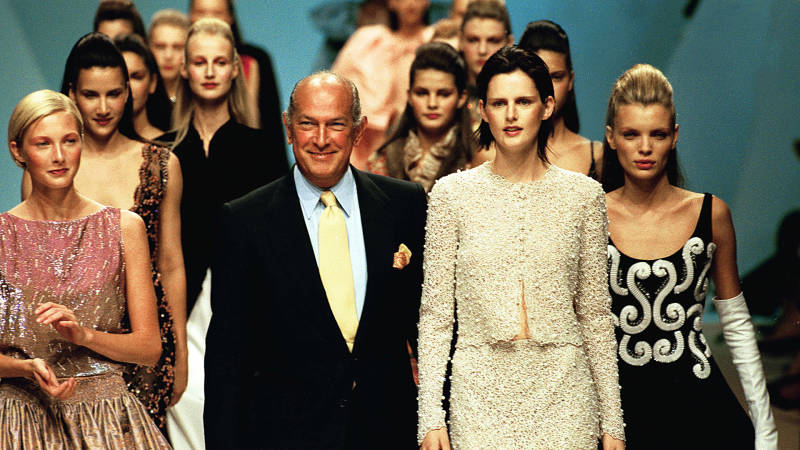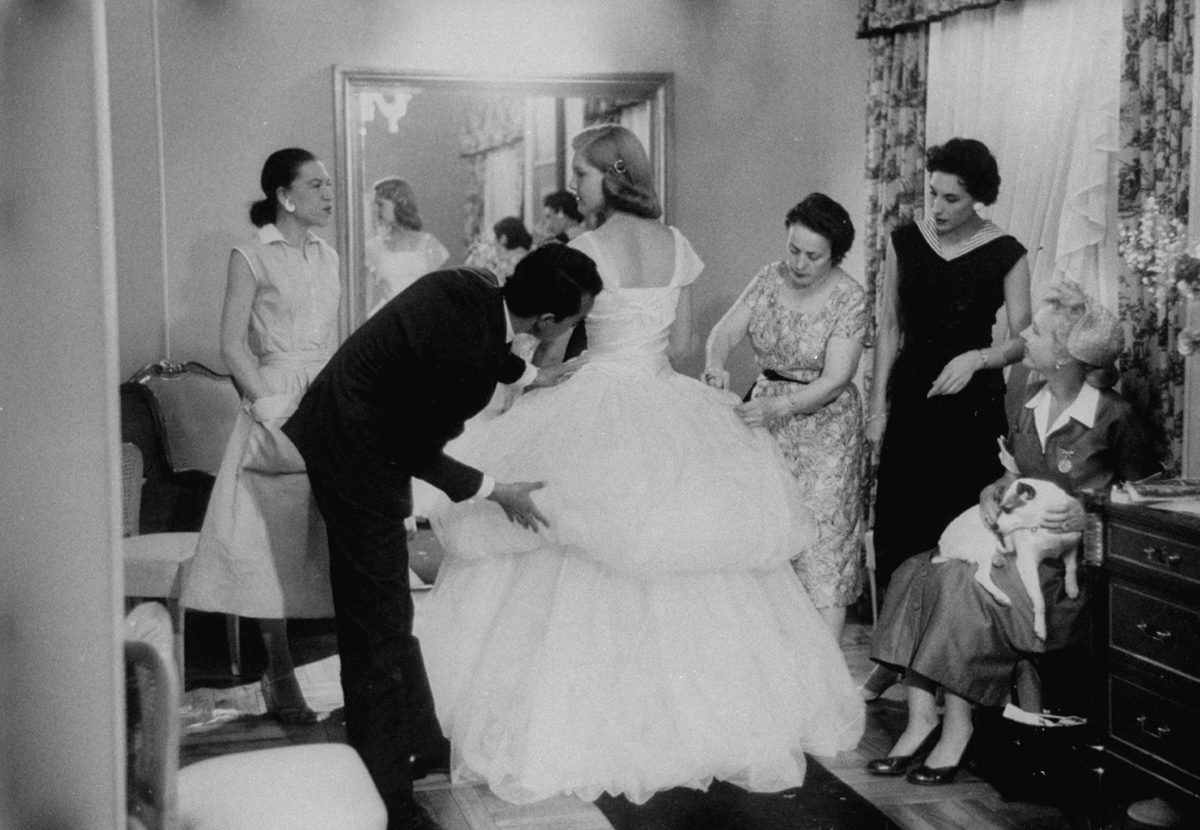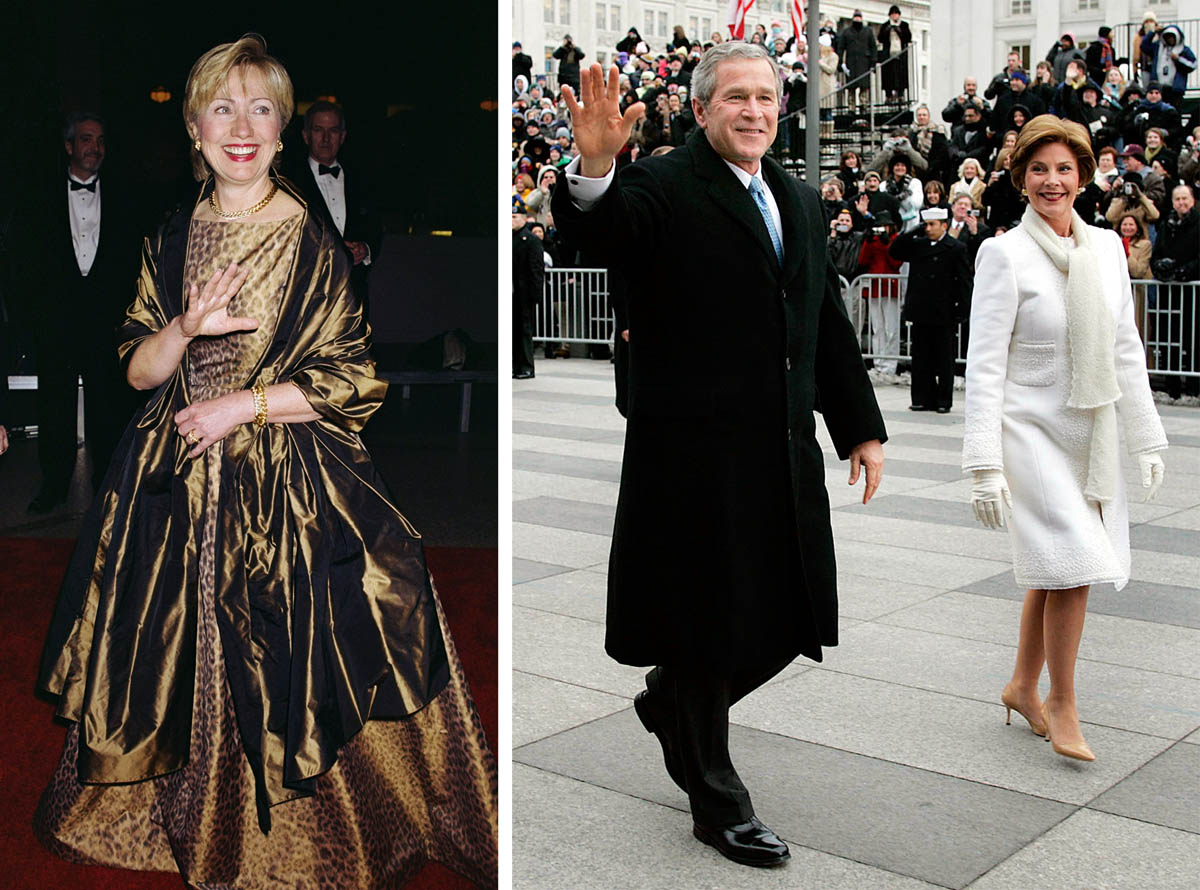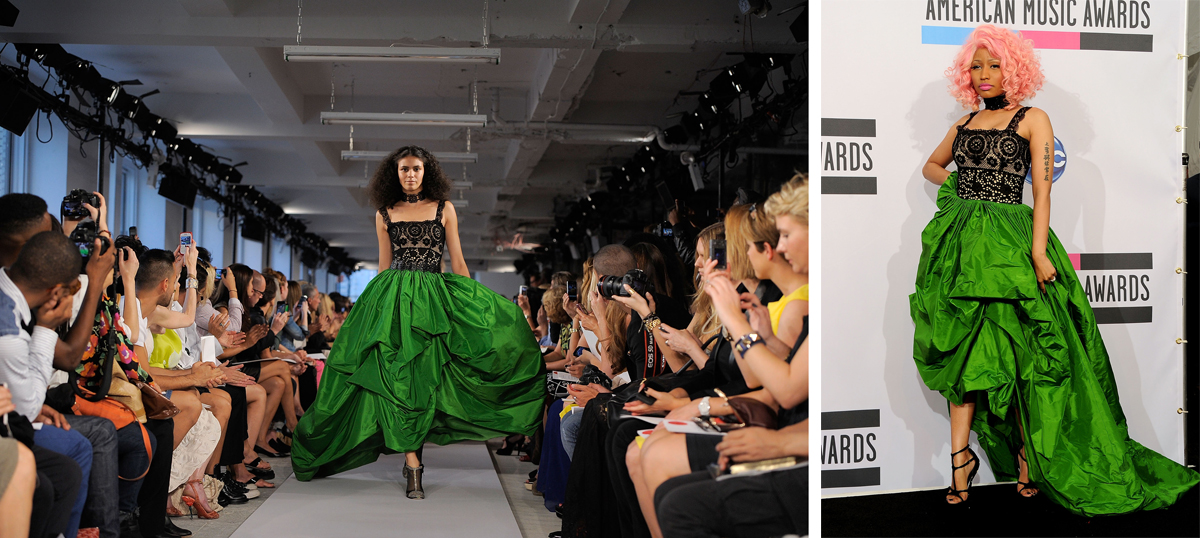Over his six-decade-long career the late fashion designer Oscar de la Renta never stopped asking: What do women want to wear? His women — first ladies, heiresses, philanthropists and, increasingly toward the end of his career, celebrities — wanted clothing that was beautiful and luxurious yet tasteful and forgiving. They wanted clothing that fit their lives, which so often meant clothing reflective of their position in society. And he consistently delivered, both on the runway and off; the Dominican Republic-born designer’s reputation as the last of a certain breed of old-world gentleman remained as unimpeachable as the dependability of his output.
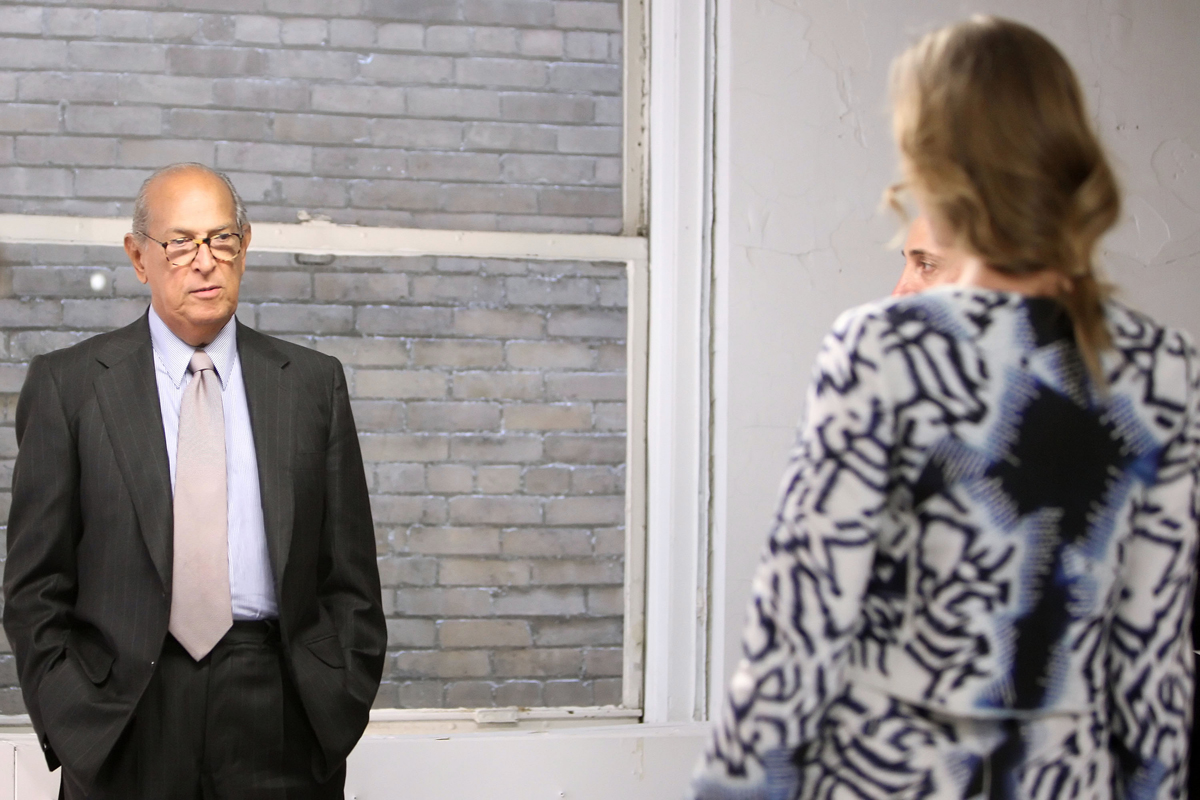
Oscar de la Renta: The Retrospective, on view at the de Young Museum through May 30, 2016, is a testament to this consistency, to the combination of technical skill, unerring good taste, and business savvy which made “Oscar” the go-to name for women interested in a certain mode of power dressing, one which purred rather than roared. As such, the exhibition feels more like one big trunk show than a critical appraisal. It is hard to tell if this is solely the fault of lax curation or simply a reflection of de la Renta’s aesthetic. And as much as I appreciate glittering eye candy, I left asking a different question: What do we want from textiles exhibitions?
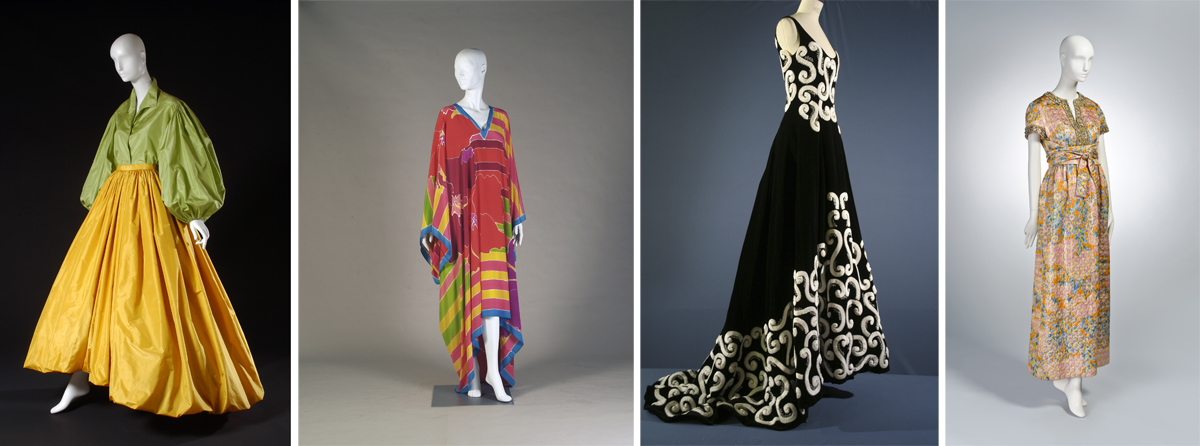
Like his contemporaries Valentino Garavani, Karl Lagerfeld, and the late Yves Saint Laurent, de la Renta was of the last generation of designers to work directly under the masters — Fath, Dior, Balenciaga, Balmain — of couture’s golden age. He sketched for Balenciaga and was on the design team at Lanvin-Costello, a formative education that shows in his earliest ready-to-wear designs soon after he moved to America.
Case in point: A clear vinyl raincoat for Jane Derby’s Resort ’66 collection is covered in swirls and clusters of rhinestones, an embellishment worthy of an evening cape. His training also shows in simpler pieces, such as the three jewel tone, bias cut nylon and silk gowns that helped establish de la Renta’s then-fledgling namesake line when they were worn at the now-infamous Battle of Versailles fashion show in 1973.
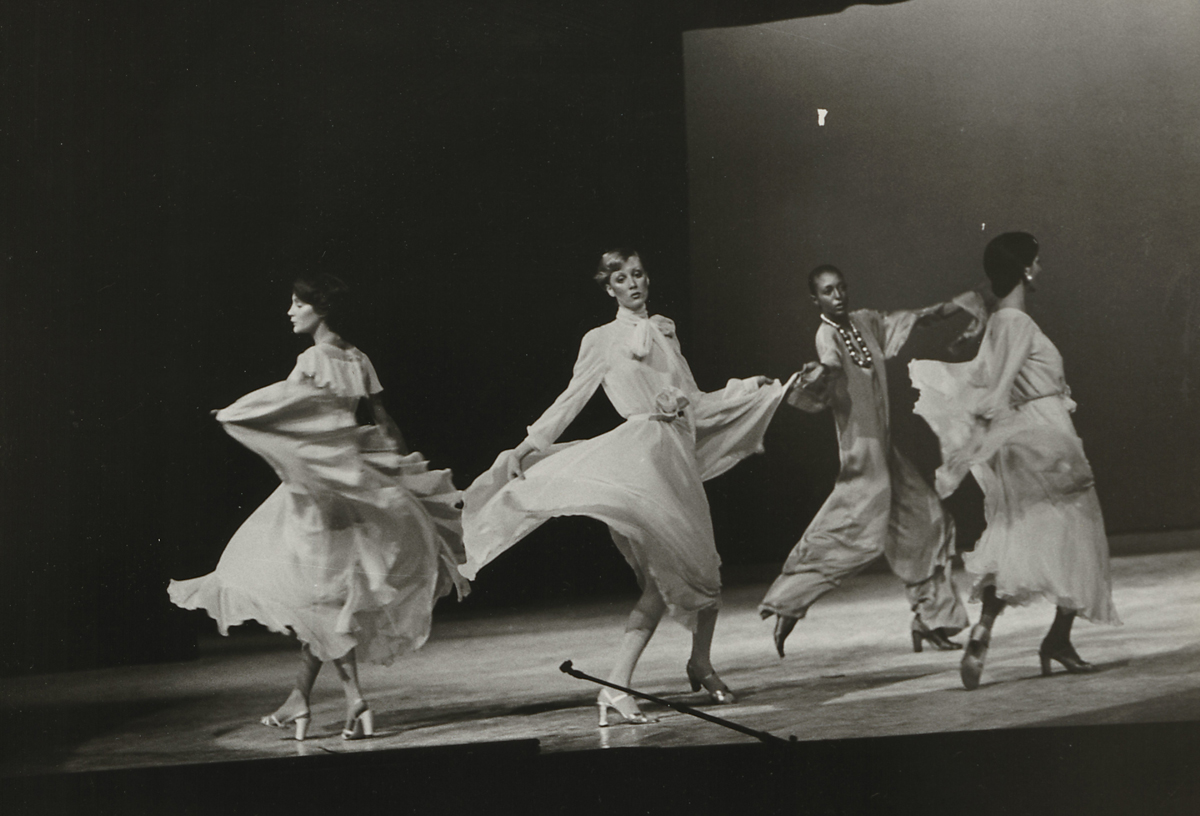
Indeed, there are echoes of Balenciaga, in particular, in de la Renta’s deft handling of fabric (de la Renta, in fact, took the lead in organizing the Balenciaga: Spanish Master exhibition at New York’s Queen Sofía Spanish Institute in 2010, an expanded version of which later traveled to the de Young).
